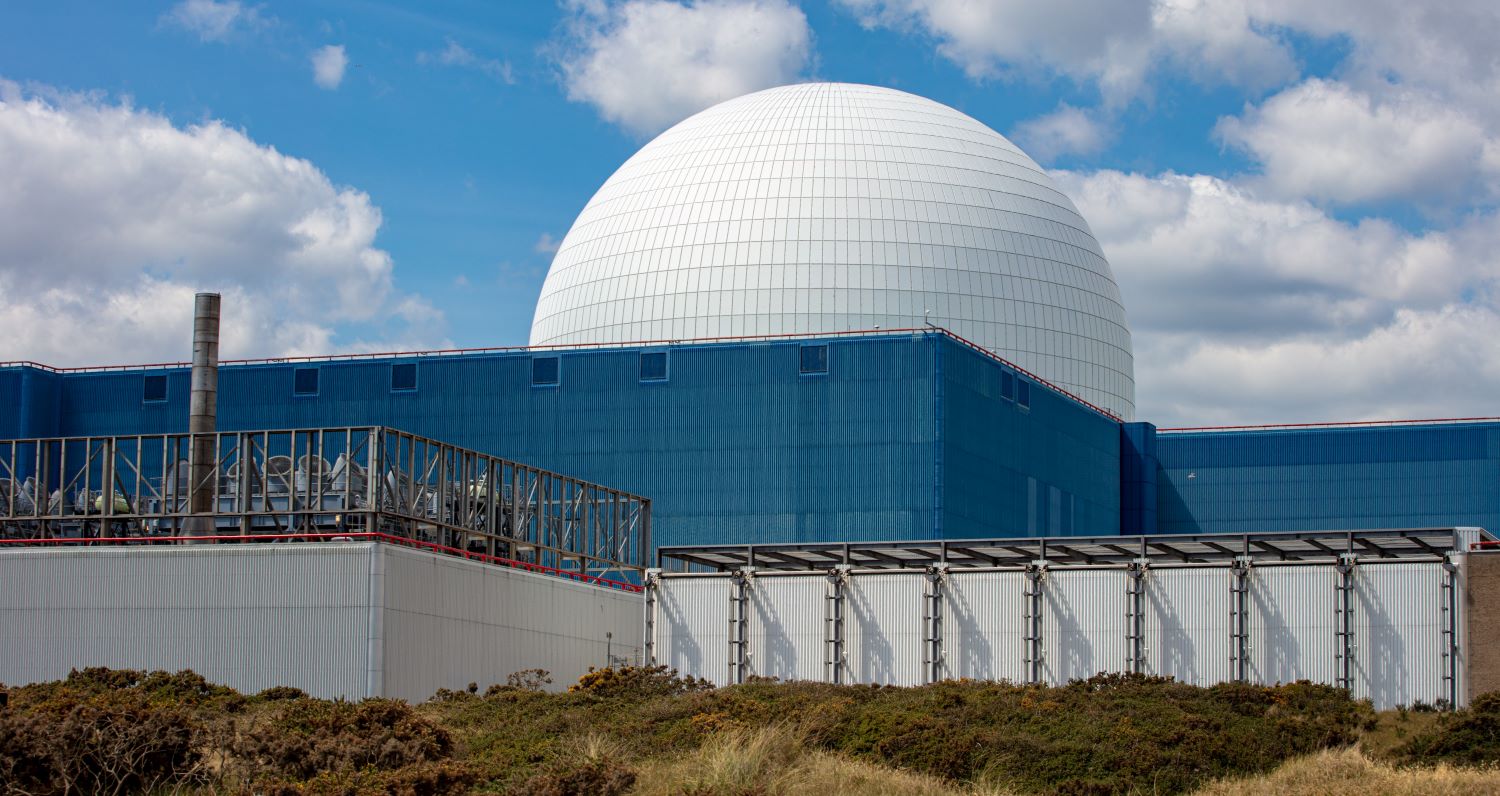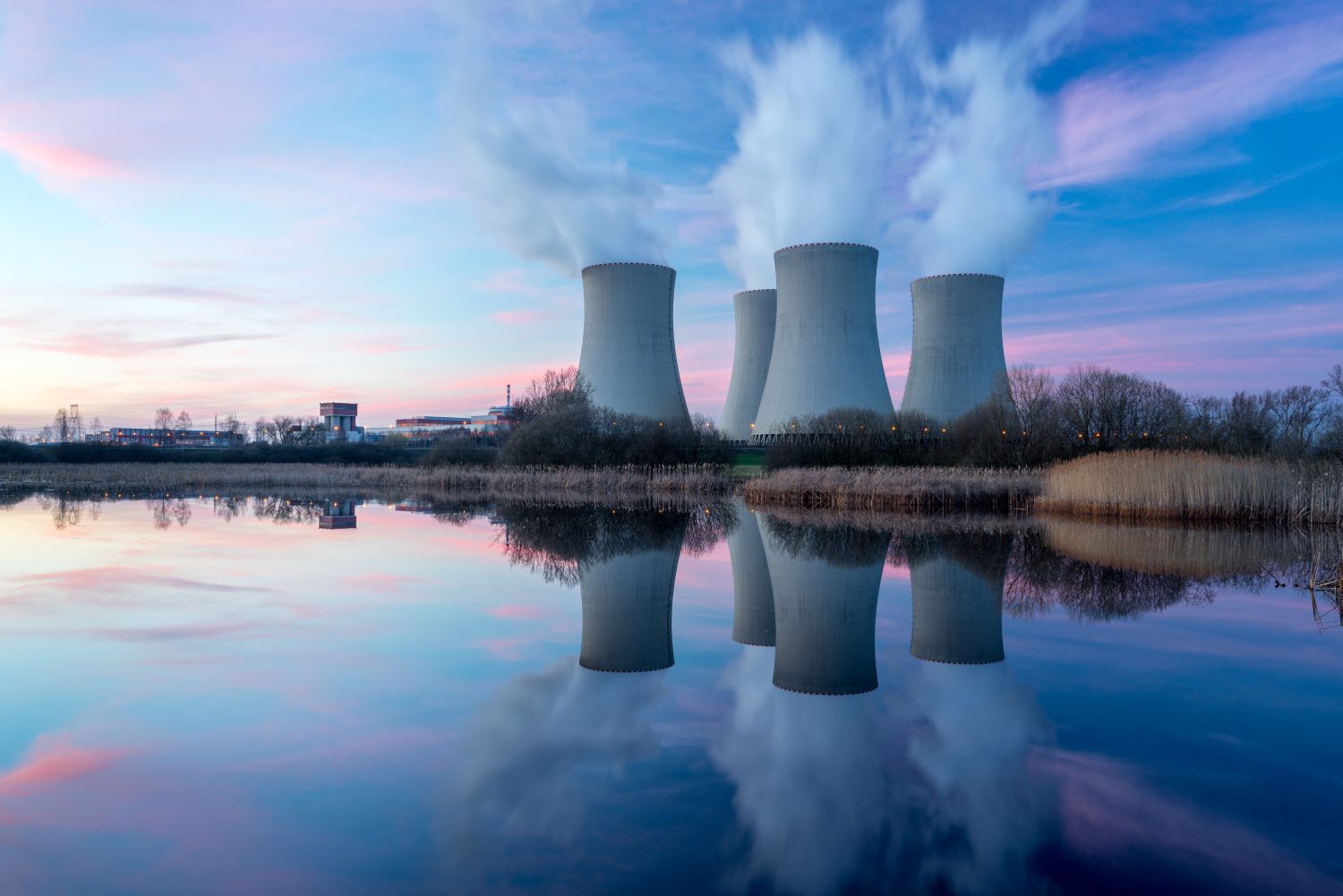The reputation and image of nuclear energy have long been marred by various factors, including the fictional Godzilla (the destructive, prehistoric sea monster empowered by nuclear radiation), the 2011 Fukushima disaster, and the huge cost involved in the construction of new plants, have all contributed to its failure to gain a lasting foothold. More than half of Britain’s existing plants are set to close by 2024 and only one new plant, Hinkley Point C in Somerset, is under construction.
However, the tide looks to be turning as the energy crisis and the determination to realize net-zero commitments, have thrown nuclear back into the spotlight. Nuclear energy, which generates large amount of electricity without emitting carbon dioxide, is regarded increasingly as a key route to help us “build back better” following the pandemic.

The Digital Transformation of the Nuclear Industry
In recent years, the nuclear industry has also been undergoing a digital transformation, driven by the promise of improved operational efficiency, enhanced safety, and cost savings. Digital technologies, such as advanced sensors, data analytics, and artificial intelligence, are being integrated into various aspects of nuclear operations. From reactor control systems to maintenance and security, digitalization has the potential to revolutionize the industry.
While the benefits of this are clear, it also introduces a host of challenges. One of the primary concerns is cybersecurity. As nuclear facilities become more connected and reliant on digital systems, they become potential targets for cyberattacks. The consequences of a successful attack on a nuclear facility could be catastrophic, making cybersecurity a top priority.
Navigating Regulatory Challenges
Additionally, the complexity of digital systems in nuclear facilities poses challenges for regulators. Ensuring the safety and reliability of these systems requires a deep understanding of both nuclear technology and digital technology. Regulators must strike a balance between encouraging innovation and maintaining strict safety standards.
Regulation in the nuclear industry has always been of paramount importance due to the potential risks involved. However, with the integration of digital systems, regulators face the task of adapting to a rapidly evolving technological landscape.
Key regulatory considerations include:
- Cybersecurity Standards: Regulators must establish and enforce rigorous cybersecurity standards to protect nuclear facilities from cyber threats. This includes regular assessments, penetration testing, and continuous monitoring of digital systems.
- Licensing and Certification: Nuclear operators must obtain licenses for their digital systems, ensuring that they meet strict safety and security criteria. Certification processes should also consider the competence of personnel responsible for operating and maintaining digital equipment.
- Data Privacy and Integrity: Regulations must address the collection, storage, and sharing of sensitive data generated by digital systems. Protecting data privacy and ensuring data integrity are vital to prevent potential misuse or manipulation of information.
- Regular Audits and Inspections: Regulators should conduct regular audits and inspections of nuclear facilities to ensure compliance with digital regulations. These assessments should be thorough and adapt to the evolving technology landscape.
- International Collaboration: Given the global nature of the nuclear industry, international collaboration and standardization are essential. Regulatory bodies worldwide should work together to establish common digital standards and best practices.

The integration of digital technology into the nuclear industry holds immense promise for improving efficiency and safety. However, it also presents significant challenges, particularly in the areas of cybersecurity and regulatory oversight. Effective regulation is crucial to ensure that the benefits of digitalization are realized without compromising safety and security. As the nuclear industry continues to evolve, so too must its regulatory framework to address the complexities of the digital frontier.
Neill started his career in the British Army and then began a career in the Construction industry progressing to become the Head of Information Technology for a UK Civil Engineering Contractor.
He joined the Construction Industry Institute (CII) based at the University of Austin in Texas in 2008. and led several technology pilots and proof of concepts on large Capital Programmes in Europe, Russia, and the Middle East. He returned to the UK to work on the Crossrail Project in London and more recently worked for EDF Energy as their Head of Information Management on Hinkley Point C New Nuclear Power Plant.
In 2019 Neill started working for Cohesive Group where he helped to inform a national digitalisation programme for the Ministry of Environment in Lithuania and has since supported a diverse range of clients including Heathrow Airport and National Highways in the UK.

Neill Pawsey
Principal Digital Consultant








